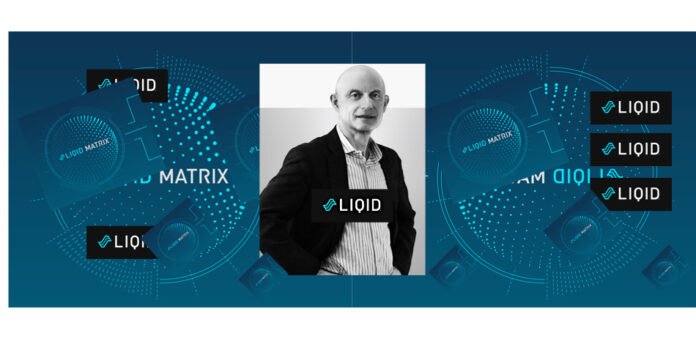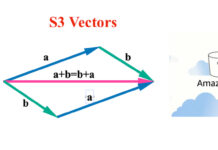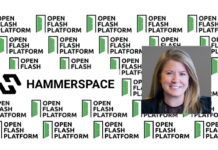Liqid has announced products enabling host server apps to access dynamically orchestrated GPU server systems built from pools of GPU, memory, and storage, focused on AI inferencing and agents.
Liqid originally composed systems made up from CPUs and DRAM, GPUs and other accelerators, Optane, and NVMe SSDs. It offered dynamic system setup to provide precisely the amount of such resources needed for a workload, enabling better overall resource efficiency. Its design was based on PCIe Gen 4 in 2023. Since then, Optane has gone away, PCIe Gen 5 has arrived, and CXL memory sharing has developed. Liqid has now moved on to a PCIe 5 architecture, which has enabled it to support CXL 2.0 memory pooling.

CEO Edgar Masri said of this: “With generative AI moving on-premises for inference, reasoning, and agentic use cases, it’s pushing datacenter and edge infrastructure to its limits. Enterprises need a new approach to meet the demands and be future-ready in terms of supporting new GPUs, new LLMs, and workload uncertainty, without blowing past power budgets.”
Liqid’s latest development enables customers to get “the performance, agility, and efficiency needed to maximize every watt and dollar as enterprises scale up and scale out to meet unprecedented demand.” They can, Liqid says, achieve balanced, 100 percent resource utilization across on-prem datacenter and edge environments.
Its products are the Matrix software, composable GPU servers, composable memory, and I/O accelerators, which are souped-up SSDs such as the 64 TB AX-5500 in PCIe Add-in Card format. The Matrix software runs the composability show and talks via Fabric-A to a PCIe switch for composing storage and accelerators, and Fabric-B to a CXL switch for composing memory, DRAM, not HBM. Both fabrics access a compute (GPU server) pool to deliver their resources to GPUs and thus composed chunks of GPU+memory+storage capacity to hosts.
This latest Liqid setup uses v3.6 of the Matrix software and has six hardware elements:
- EX-5410P 10-slot GPU box supporting 600 W GPUs (Nvidia H200, RTX Pro 6000, and Intel Gaudi 3), FPGAs, DPUs, TPUs, NVMe drives, and more
- EX-5410C with up to 100 TB of disaggregated composable memory using CXL 2.0
- LQD-5500 accelerated SSD now supporting up to 128 TB capacity, delivering <6 million IOPS and 50 GBps bandwidth in a standard NVMe form factor, which we understand to mean a full-height, full-length, single-width add-in card
- PCIe Gen 5 switch
- CXL 2.0 switch
- Host bus adapters (HBAs)
There are two configuration options:
- UltraStack dedicates up to 30 GPUs and 100 TB of DRAM to a single server
SmartStack pools up to 30 GPUs across up to 20 server nodes and 100 TB of DRAM across up to 32 servers - Matrix v3.6 has native compatibility with Kubernetes, Slurm, OpenShift, VMware, Ansible, and more. The fabric support will include Nvidia Fusion, Ultra Accelerator Link (UAL), or Ultra Ethernet Consortium (UEC) as they become available
Updated datasheets were not available when we looked on Liqid’s website but they should be there soon.
Bootnote
In Liqid’s fourth generation, GPUs were installed in a 30-slot EX-4410 Expansion Chassis and connected to hosts across a PCIe Gen 4 network. Physical GPUs are provisioned from this pool to bare metal hosts with the Matrix software, which runs in a 1RU Liqid Director server.
A SmartStack 4410 system supports heterogeneous GPUs, up to 30 per host, and up to 16 host servers, PCIe Gen 4 with a 48-port PCIe switch, and up to three EX-4410s. A smaller SmartStack 4408 supports up to 24 GPUs per host with up to 16 hosts.
The UltraStack system supports bringing up to 30 Nvidia L40S GPUs to a single Dell PowerEdge server, either an R760 or R7625.








